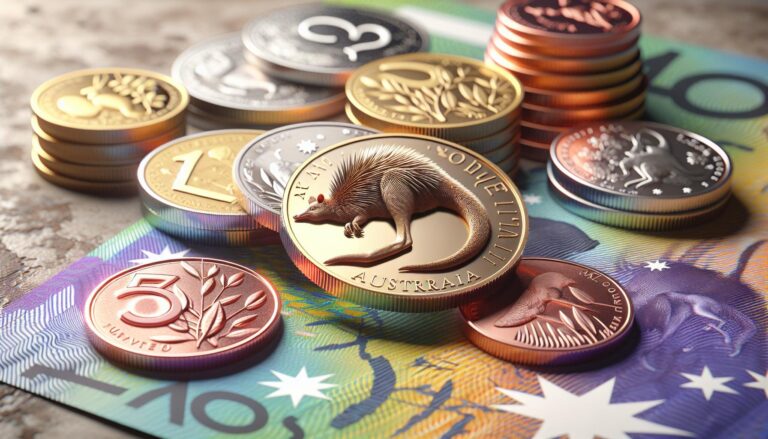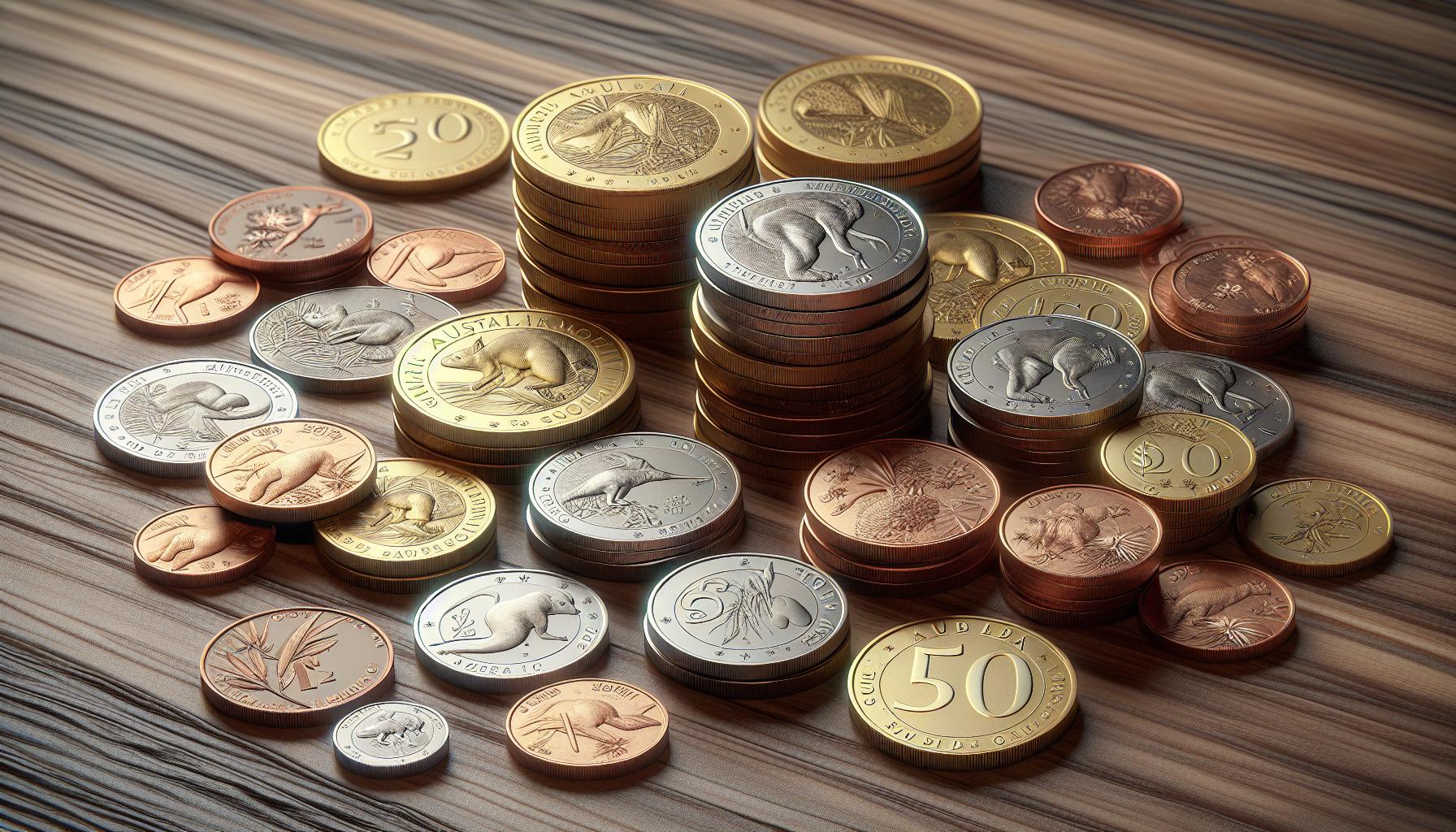Baseball cards have captivated collectors for generations, but not all cards hold significant value. With the rise of nostalgia and the booming collectibles market, knowing how to assess a card’s worth has never been more important. Whether it’s a childhood treasure or a recent find, understanding the factors that contribute to a card’s value can unlock hidden potential.
From rarity and condition to player popularity, various elements influence a card’s market price. Collectors often find themselves navigating a complex landscape of pricing guides and auction sites. This article will guide readers through the essential steps to determine if their baseball cards are worth money, helping them make informed decisions about buying, selling, or simply appreciating their collection.
How to Know If Baseball Cards Are Worth Money
Determining the value of baseball cards involves analyzing several key factors. Recognizing elements like rarity, condition, and popularity can lead to informed decisions regarding card valuations.
Rarity and Scarcity
Rarity and scarcity play crucial roles in establishing a baseball card’s value. Limited production runs create higher demand, elevating desirability among collectors. For example, cards issued during a specific season or in specific sets may have reduced availability, impacting their worth. Additionally, special editions or commemorative releases often attract higher prices due to fewer cards circulating. Understanding the print runs, production techniques, and limited versions helps collectors assess potential value.
Condition and Grading
Condition significantly impacts the marketability of baseball cards. Cards in better shape command higher prices. Grading assesses a card’s physical state, with standards ranging from Poor (1) to Gem Mint (10). Professional grading services, such as PSA and BGS, provide evaluations that enhance resale potential. For instance, a card graded as Gem Mint can sell for multiples of its ungraded counterpart. Collectors prioritize proper storage and handling techniques to maintain card condition and value.
Key Factors to Determine Value
Understanding the key factors that determine the value of baseball cards is essential for collectors. These factors directly influence demand and market pricing, guiding informed decisions for buying and selling.
Player Popularity
Player popularity significantly impacts a card’s value. High-profile athletes, such as Babe Ruth or Mickey Mantle, often command higher prices due to their legendary status and broader appeal. Recent performance can also affect value; cards from emerging stars or players with standout seasons see increased interest. Market trends, such as player trades and hall-of-fame inductions, often result in fluctuations in card worth as collectors seek out iconic figures.
Card Age and Set
Card age and its issuing set play a crucial role in determining value. Older cards, especially those from the pre-war era or iconic sets like Topps or Bowman, frequently attract serious collectors. Limited edition or special insert sets often enhance value due to scarcity. Cards from popular sets, such as the 1986 Fleer Basketball series or 1993 Upper Deck, are typically more sought after. The combination of age, set popularity, and rarity creates a complex landscape that dictates overall card worth.
Resources for Valuation
Collectors can utilize various resources for evaluating the worth of baseball cards. Primarily, online tools and auction results provide valuable insights into current market trends and prices.
Online Price Guides
Online price guides serve as essential tools for assessing the value of baseball cards. Websites like Beckett, PSA, and SGC offer extensive databases that display price ranges based on card condition, rarity, and demand. Collectors can search for specific players or sets, enabling them to quickly identify current market values. Frequent updates from these sites ensure the prices reflect real-time market fluctuations, resulting in accurate evaluations. Moreover, subscription-based services provide comprehensive access to pricing history and trends, enhancing the collector’s ability to make informed decisions.
Auction Results
Auction results play a crucial role in assessing baseball card values, illustrating recent sales data. Platforms such as eBay, Heritage Auctions, and PWCC Marketplace allow collectors to review completed auctions, showcasing the final sale prices of similar cards. Observing these results reveals trends for specific cards and indicates how much collectors are willing to pay. Auction houses often list the card’s condition and grading, providing additional context for valuation. Analyzing various auction results empowers collectors to set realistic expectations during buying and selling processes.
Tips for Selling Baseball Cards
Understanding the best strategies for selling baseball cards maximizes both profit and efficiency. Consider the following tips to enhance the selling experience.
Choosing the Right Platform
Selecting an appropriate platform is vital for reaching potential buyers. Options include:
- eBay: This marketplace allows auctions or fixed-price listings, catering to various audiences. It’s ideal for reaching a broad range of collectors.
- Facebook Marketplace: This social media platform connects local buyers and sellers. It enables face-to-face transactions, reducing shipping costs and risks.
- Specialized Sites: Websites like COMC and Beckett offer dedicated platforms for sports cards. They often provide tools for price tracking and comprehensive market insights.
- Local Card Shops: Selling via local shops can provide immediate cash and support the local collector community. Shop owners might also offer consignment options for increased visibility.
Timing Your Sale
Timing significantly affects card sales. Consider these aspects:
- Market Trends: Monitor player performance, trades, and public sentiment. Selling when a player’s profile is high boosts potential value.
- Seasonality: Timing sales during MLB events, like the All-Star Game or postseason, often leads to increased interest and bidding activity.
- Collector’s Events: Capitalize on conventions or card shows, where avid collectors gather. These events often create a sense of urgency and excitement for purchasing.
- Economic Climate: Track global economic conditions. During a robust economy, collectors may have more disposable income, enhancing buyer interest.
Following these tips ensures a strategic approach to selling baseball cards, contributing to optimal outcomes in the collectibles market.
Baseball Card Value
Understanding the value of baseball cards requires a keen eye and informed decision-making. By considering factors like rarity, condition, and player popularity, collectors can better navigate the complexities of the market. Utilizing resources such as online price guides and auction results can provide valuable insights into current trends and pricing.
For those looking to sell, choosing the right platform and timing can make all the difference. With the right approach, collectors can enjoy their passion while maximizing the potential value of their collections. Whether for personal enjoyment or investment, knowledge is key in the ever-evolving world of baseball card collecting.


















